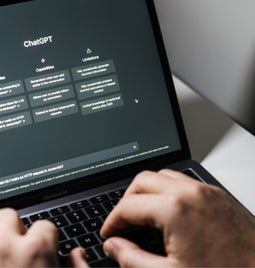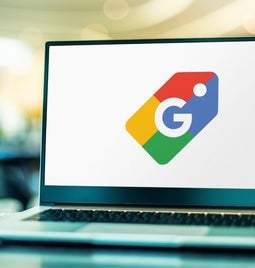Google Reveals the Secret: How To Optimize for AI Overviews and AI Mode
We may receive a commission from our partners if you click on a link and purchase a product or service on their website. Learn more

On May 20th, Google released its official guidance on optimizing website pages for AI Overviews and AI Mode. This comes as a relief to many website owners, as fears over zero click searches continue to rise.
While much of the guidance crosses over with traditional SEO advice, I’ll go through the key areas that Google calls out as priority.
Key Takeaways🔍
- Google’s John Mueller has provided advice on appearing in AI search features, which comes as AI Mode is officially rolled out to searchers in the US.
- The guidance focuses on optimizing media content, technical SEO, and rethinking success metrics.
- While Google claims that AI Search delivers high quality clicks to websites, it won’t be providing performance data in Google Search Console for AI Overviews and AI Mode
Double Down on E-E-A-T
As Google’s AI features continue to develop, users are searching with more conversational, in-depth language. To have the best chance at being cited in responses, Google’s John Mueller explains that your content should follow a similar, user-friendly tone of voice, and offer valuable and unique findings.
The best way to do this is to ensure your website pages follow E-E-A-T (experience, expertise, authority, and trustworthiness), which is a key part of Google’s algorithm.
What’s New With E-E-A-T?
Google’s latest changes to its Search Quality Rater guidelines show an emphasis on penalizing “Fake E-E-A-T” content.” Take care that your writing is credible, accurate, and unique to avoid being penalized.Optimize Images and Videos
AI Mode makes it possible for users to initiate searches with a camera, which means it’s more important than ever to be publishing high-quality, SEO-friendly videos pictures and videos that Google can store and share.
While this means websites should upload more media, it’s important to maintain a positive user experience. This means optimizing your images and videos by compressing them, correctly naming the files, and including accurate alt text descriptions.
Fix Your Technical SEO
For your website pages to be included in AI searches – or any search modal – Google needs to be able to find and store it, otherwise known as indexing. To ensure there’s nothing stood in the way of this process, John Mueller explains that you should:
- Ensure Google Bot isn’t blocked: Use Google Search Console to see if any of your pages are clocking Google Bot. They’ll show up in the Page Indexing report and the Crawl Stats reports, so it’s worth checking!
- Check your pages work: Your pages need to be a HTTP 200 status code to be found.
- Publish indexable content: Google will only store and use content that uses a supported file type and doesn’t violate spam policies.
Final Thoughts
While AI search brings a plethora of new ways your website could be found, beside traditional textual searches, we can’t ignore that clicks are suffering.
My advice is to optimize your on-page elements for these new search models – whether that’s AI Mode and AI Overviews, or other Google search methods, such as Google Maps and Google Lens – to give you the best chances of visibility as the search landscape continues to develop.
As well as this, I recommend creating an omnichannel presence to provide stability among the uncertainty of Google’s landscape.





Leave a comment